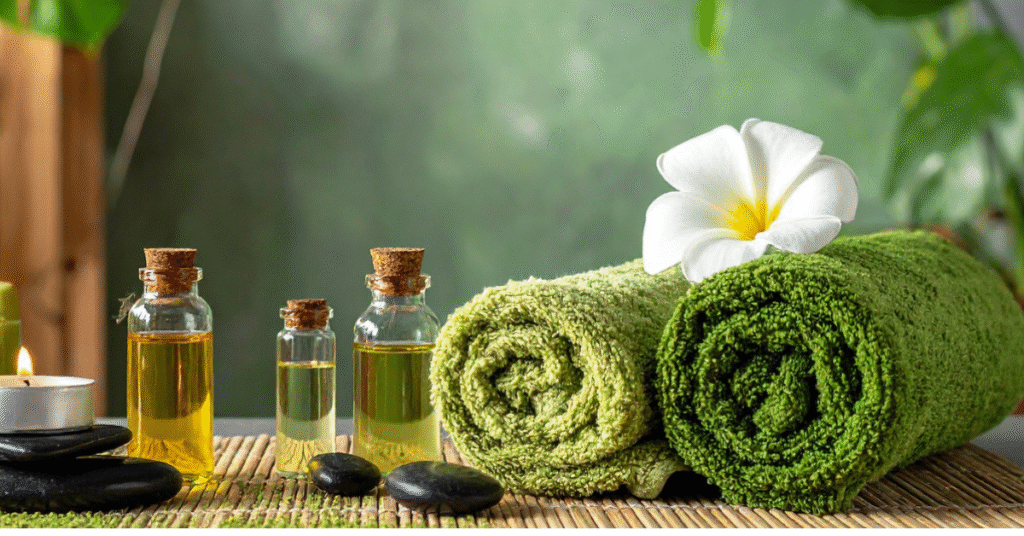Hijama (Cupping Therapy): The Ancient Art of Healing
For centuries, humans have sought ways to relieve pain, cleanse the body, and restore inner balance. Among the oldest and most trusted methods is Hijama, also known globally as Cupping Therapy — a gentle yet powerful technique that uses suction cups to draw impurities and stagnant blood away from the body’s tissues, promoting healing and wellbeing.
A Healing Tradition Rooted in the Sunnah
In Islam, Hijama holds a deeply respected place. It was personally practiced and recommended by Prophet Muhammad ﷺ, who said: ‘Indeed, the best of remedies you have is cupping (Hijama).’ (Sahih al-Bukhari 5696). He also said: ‘There is healing in three: a gulp of honey, the cut of a cupper, and cauterization with fire, but I forbid my nation from cauterization.’ (Sunan Ibn Majah 3477).
These narrations show that Hijama was considered not only a treatment but a source of blessing and balance for the body. The Prophet ﷺ himself underwent Hijama on multiple occasions, including while fasting, showing that it was safe and spiritually pure.
A Universal Therapy Across Civilizations
While Hijama is deeply rooted in Islamic tradition, cupping therapy has existed in many ancient civilizations:
– Egyptians used cupping as early as 1550 BCE, described in the Ebers Papyrus.
– Greeks, including Hippocrates, recommended cupping to treat musculoskeletal pain.
– Chinese medicine has used cupping for over 2,000 years as part of acupuncture and Qi therapy.
– In Ayurvedic medicine, similar suction techniques are used to balance doshas and eliminate toxins.
How Hijama Works (Simplified Science)
In modern medical understanding, Hijama (wet cupping) involves placing cups on the skin to create suction, then making small, controlled incisions to draw out a small amount of blood. Research suggests that cupping may:
– Increase local blood circulation.
– Reduce muscle tension and inflammation.
– Trigger natural pain-relief mechanisms.
– Support the lymphatic system to remove toxins.
Benefits Reported from Practice and Research
Area | Reported Benefit | Explanation |
Pain relief | Helps relieve back, shoulder, and neck pain | Increases blood flow and reduces muscle tightness |
Detoxification | Removes stagnant blood and metabolic waste | Supports natural circulation and cleansing |
Mental clarity | Reduces stress, fatigue, and anxiety | Promotes relaxation and improved sleep |
Skin health | May improve acne and complexion | Enhances local blood flow |
Immunity | Supports immune response | Possible boost through lymphatic stimulation |
Philosophical Understanding
Each healing system views Hijama through its own lens:
– Islamic medicine: purification of blood and balancing the body’s humors.
– Greek tradition: removal of excess humors and restoration of equilibrium.
– Chinese medicine: release of Qi stagnation and promotion of energy flow.
– Modern medicine: stimulation of microcirculation and immune modulation.
Precautions and Safety Guidelines
Hijama is generally safe when done properly by trained professionals. Precautions include:
1. Always use sterile, single-use blades and cups.
2. Avoid Hijama on an empty stomach or when weak.
3. Consult a doctor if you have bleeding disorders or are on anticoagulants.
4. Pregnant women should avoid certain areas.
5. After Hijama, rest and hydrate well; avoid heavy exercise for 24 hours.
6. Never perform Hijama at home without proper training.
Conclusion
Hijama stands as a living bridge between spiritual wisdom and modern science. For Muslims, it is a prophetic act of purification. For non-Muslims, it represents humanity’s shared pursuit of health through nature and balance. Across cultures, Hijama reminds us that healing lies not only in medicine but in harmony between body, mind, and spirit.
References
– Sahih al-Bukhari, Hadith 5696
– Sunan Ibn Majah, Hadith 3477
– Hippocrates, On the Art of Medicine
– Ebers Papyrus (1550 BCE)
– BMC Complementary Medicine (2021)
– Ibn al-Qayyim al-Jawziyyah, Zad al-Ma’ad (Vol. 4)

